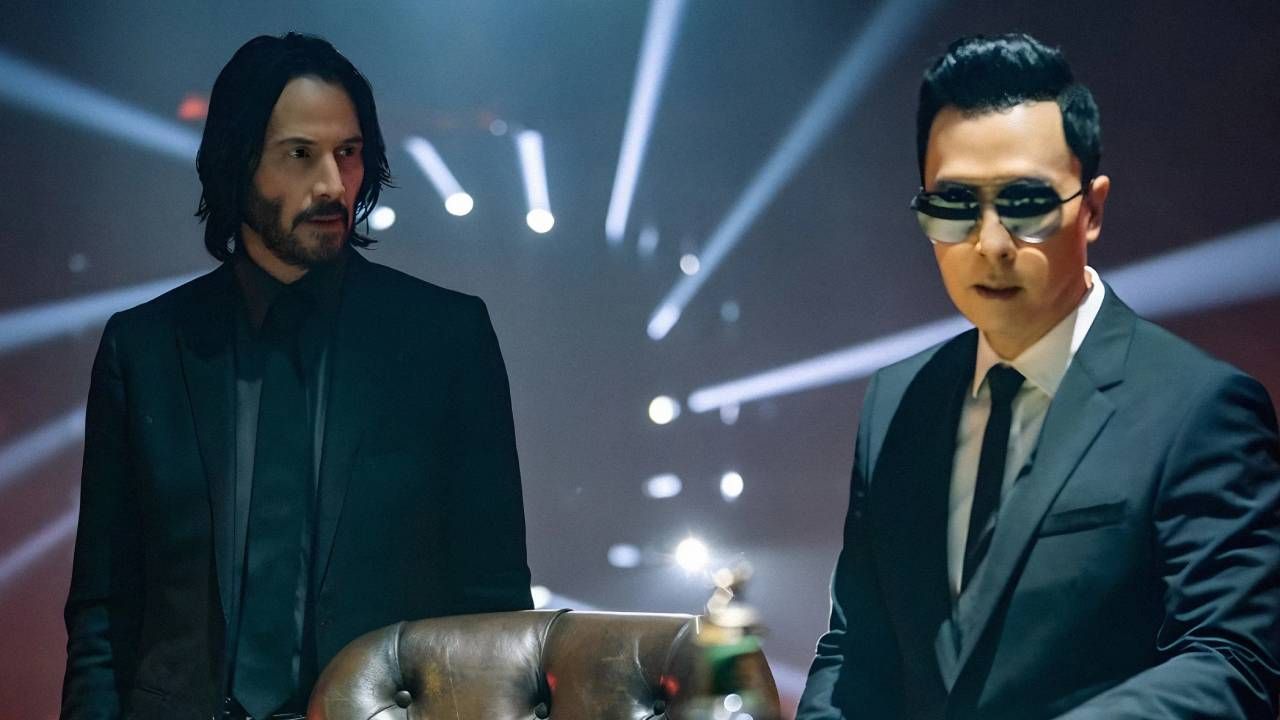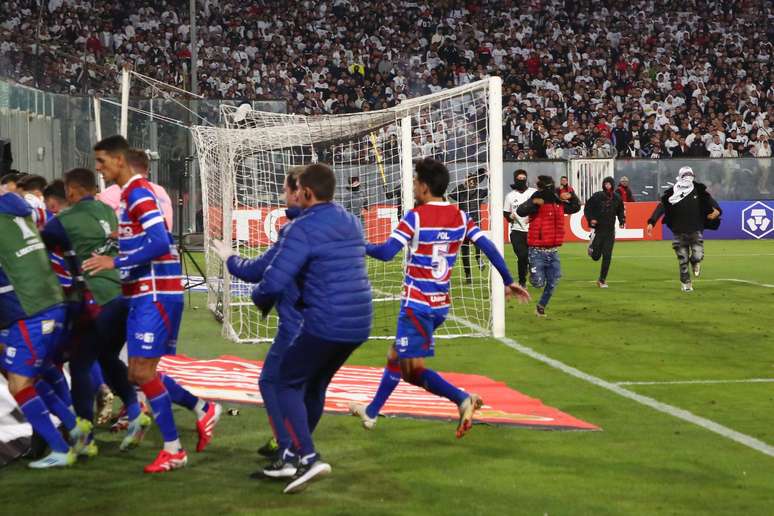The Portuguese-Brazilian film brings the story of the Krahôs and their struggle for land to Cannes. Director Renée Nader Messora underlines the importance of bringing the voice and language of an indigenous people to the famous international festival. Of the more than 200 years of contact with the white man, the last 80 have been the most intense for the Krahô, a indigenous in the north of the state of Tocantins. It is precisely this period that the film A Flor do Buriti deals with, directed by the Brazilian René Nader Messora and the Portuguese João Salaviza.
The work makes its world premiere at the Cannes Film Festival, an event that takes place from 16 to 27 May. The directors hope to repeat the success of 2018, when Chuva É Cantoria na Aldeia dos Mortos, also shot in the Krahô villages, won the Special Jury Prize at Cannes and moved the audience by denouncing the indigenous genocide.
“It’s the second time we’ve gone to France with the Krahôs, the second time they [os participantes do evento] will listen to a film presented in an indigenous language [a língua timbira, da família Jê]”, underlines Messora, in an interview with DW Brasil. “It is the second time they will hear from the mouth of the Krahô the situation of the Brazilian cerrado, the most devastated biome in the country”.
Since the land question is at the heart of the film, the director hopes that international repercussions will have an impact on the decision on the time frame: The Federal Supreme Court has set the resumption of the controversial trial for 7 June.
A Flor do Buriti was filmed over 15 months in four different Krahô villages. Through the testimonies of the indigenous people, they reconstruct the last eight decades, from the massacre suffered by the Krahô people in 1940 to the current difficulties, passing through the period of military dictatorship.
DW Brasil: From the massacre of peasants to the discussions on the Marco Temporal, the earth is always the epicenter. How do you compare these moments?
René Nader Messora: It is important for us to realize that these land theft trials are nothing new. The film tries to bring some of this story of the relationship [dos Krahô] with the territory, since the massacre [de 1940], which we consider a milestone. It was after the massacre that was their land […] then delimited, due to the echoes of that massacre. […] The problem has always been about the land issue.
Later, with the military dictatorship, this problem took on a new guise, but it was essentially the same. But there was militarization, the creation of an indigenous rural guard to repress within villages, communities and also had the intention of favoring the large farmers of the region […]. The Indian Protection Service, that’s what Funai was called [hoje Fundação Nacional dos Povos Indígenas] at that time, it freely leased indigenous lands to ranchers, farmers, within areas designated for indigenous usufruct. […] The indigenous question and the land question are intrinsically related, there is no way to separate them.
Is this struggle for land the most pressing issue for indigenous peoples?
It is not just the question of land as physical territory, but the question of understanding the territory for indigenous peoples. This is a key that, with much struggle on the part of the indigenous movement, is being talked about a little more today. and we brought [no filme] The intervention of Sonia Guajajara [líder indígena, política e atual Ministra dos Povos Indígenas] talk about it precisely because it pits two ontologically opposed visions of the world into opposition: the conception of the earth by the peoples is diametrically opposed to the conception of big capital.
There are two antagonistic world projects, which are in conflict and Sonia defines it very well, in a very simple way, when she says ‘the earth does not belong to us; we belong to the earth’. There is a fundamental reversal there which is the key: it goes far beyond understanding the territory as a physical space. We wanted to bring that into the film. Sonia conveys this idea that the earth is much more than a piece of territory inhabited by a certain people.
Should this be discussed now with the time period issue?
Indigenous peoples have been hammering this point for a long time and the fight against the legal thesis of the Temporal Framework is the fight that is being undertaken with the greatest force. The continuation of the process was now guided to [o dia 7 de] June. It is a very important moment: all civil society must pay close attention because the decision on this thesis will directly affect many indigenous lands throughout the country and all future demarcations.
So it’s no wonder that the indigenous movement is hitting this key very hard and we need to be aware of that. Us, not as filmmakers, but as civil society itself and as people who should be engaged in a fight for the earth, for the survival of our species on the planet.
It’s the second time you’ve selected a film for the Cannes Film Festival, and always with the Krahô. What are the expectations?
It’s the second time we’ve gone to France with the Krahôs, the second time they [os participantes do evento] will listen to a film presented in an indigenous language [a língua timbira, da família Jê] It is the second time they will hear from the mouth of the Krahô the situation of the Brazilian cerrado, the most devastated biome in the country and one of the most important also because it is the cradle of the most important hydrographic basins in Brazil. AND [vão escutar] these concerns for the situation of the planet, for global warming, for keeping the forests standing, these maxims that the indigenous movement has always shouted and which, in fact, now also occupies the minds and hearts of the whole world.
And it is good for us to see once again that the indigenous people were right. Because they’ve always said it. Finally, they are now finding an echo in all strata of society. This can be seen as a sign that we are moving towards a place where it is possible for us to continue to exist as a community on this planet. citing the great [líder indígena, ambientalista e escritor] Ailton Krenak, the native experienced the end of the world long ago [quando os colonizadores europeus chegaram à América]. So if anyone can teach us anything about weathering the end times, it’s them. It’s time we started listening, right?
Source: Terra
Rose James is a Gossipify movie and series reviewer known for her in-depth analysis and unique perspective on the latest releases. With a background in film studies, she provides engaging and informative reviews, and keeps readers up to date with industry trends and emerging talents.






